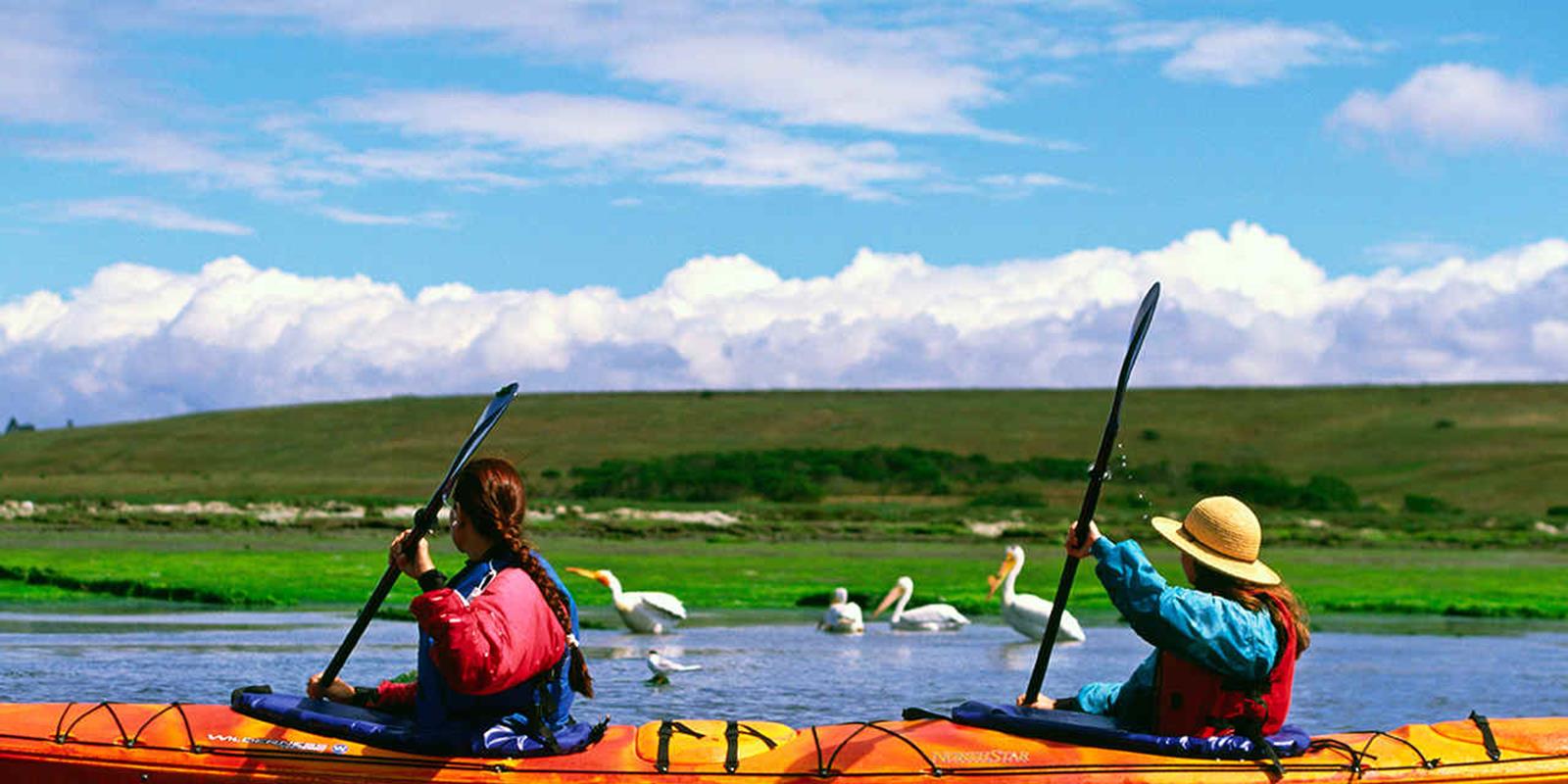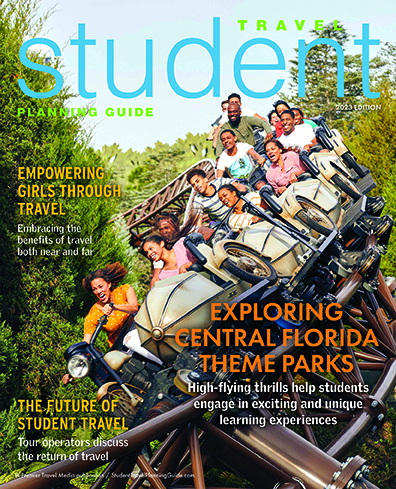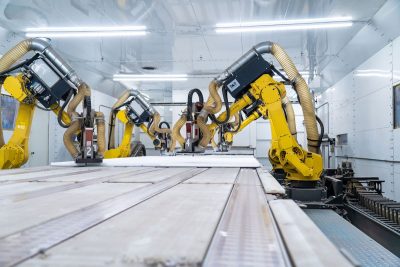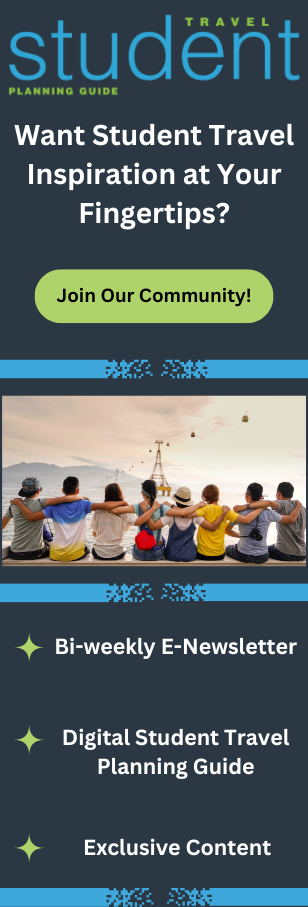Museums and Zoos
The Computer History Museum is the world’s leading institution exploring the history of computing and its ongoing impact in society. It also strives to preserve and present the artifacts and stories of the Information Age for following generations. Through guided or self-guided tours or interactive workshops, students can discover the technological innovations that have shaped the modern world. Students will use creative problem-solving, critical thinking and observation to explore computing history through inquiry-based programs. The various programs offered allow students to discover explore important innovations, the history and impact of software and how technology and humans’ relationships have changed throughout computer history.
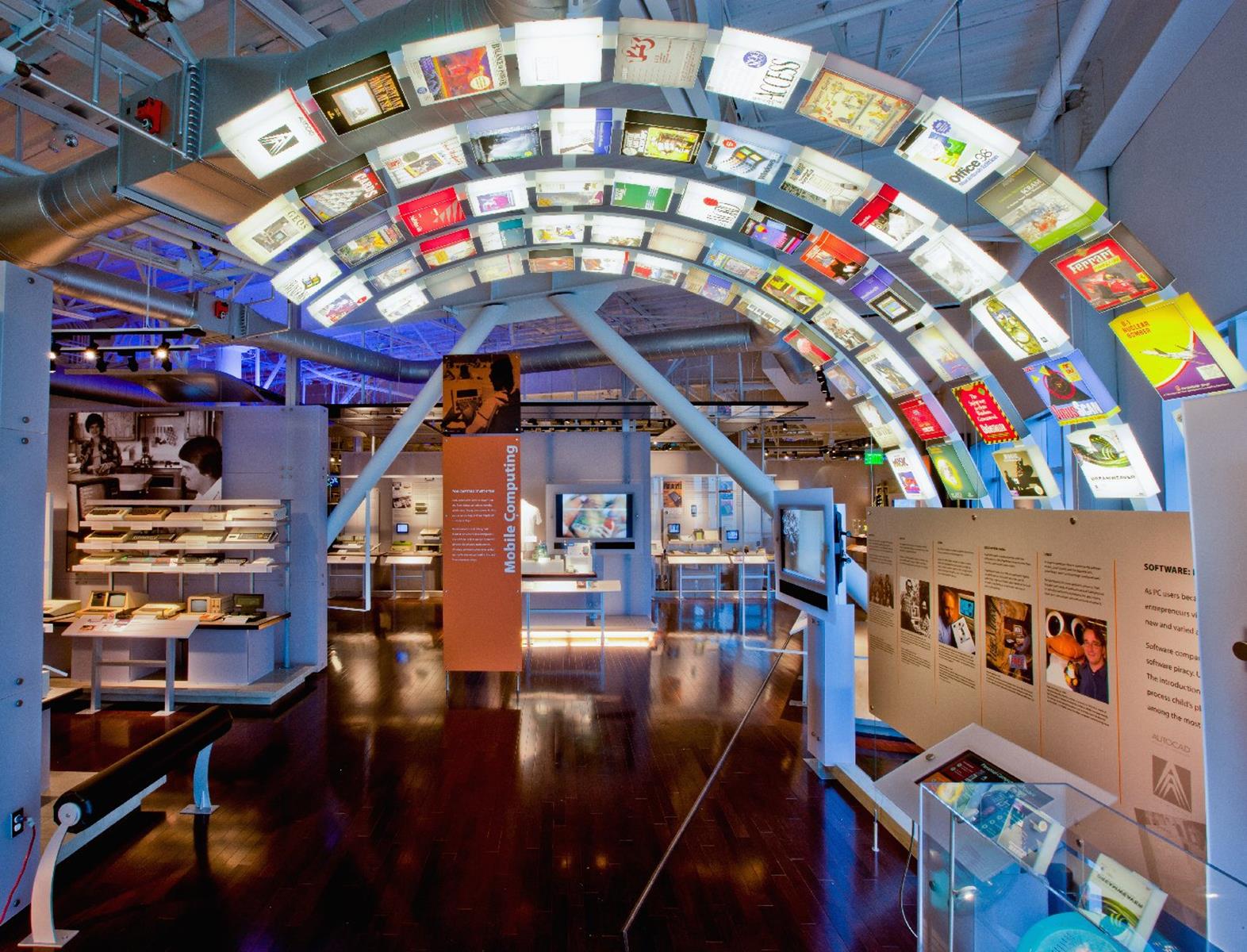
Credit: Computer History Museum
The Monterey Bay Aquarium is recognized for its over 30 years of inspiring conservation through education, exhibits, research, conservation programs and more. With its nearly 200 exhibits and over 35,000 creatures, the Aquarium is known for its regional focus on the marine life and habits of Monterey Bay. With a Next Generation Science Standards (NGSS)-supported program, field trips to the Aquarium motivate and engage students through various hands-on programs covering a wide array of topics.
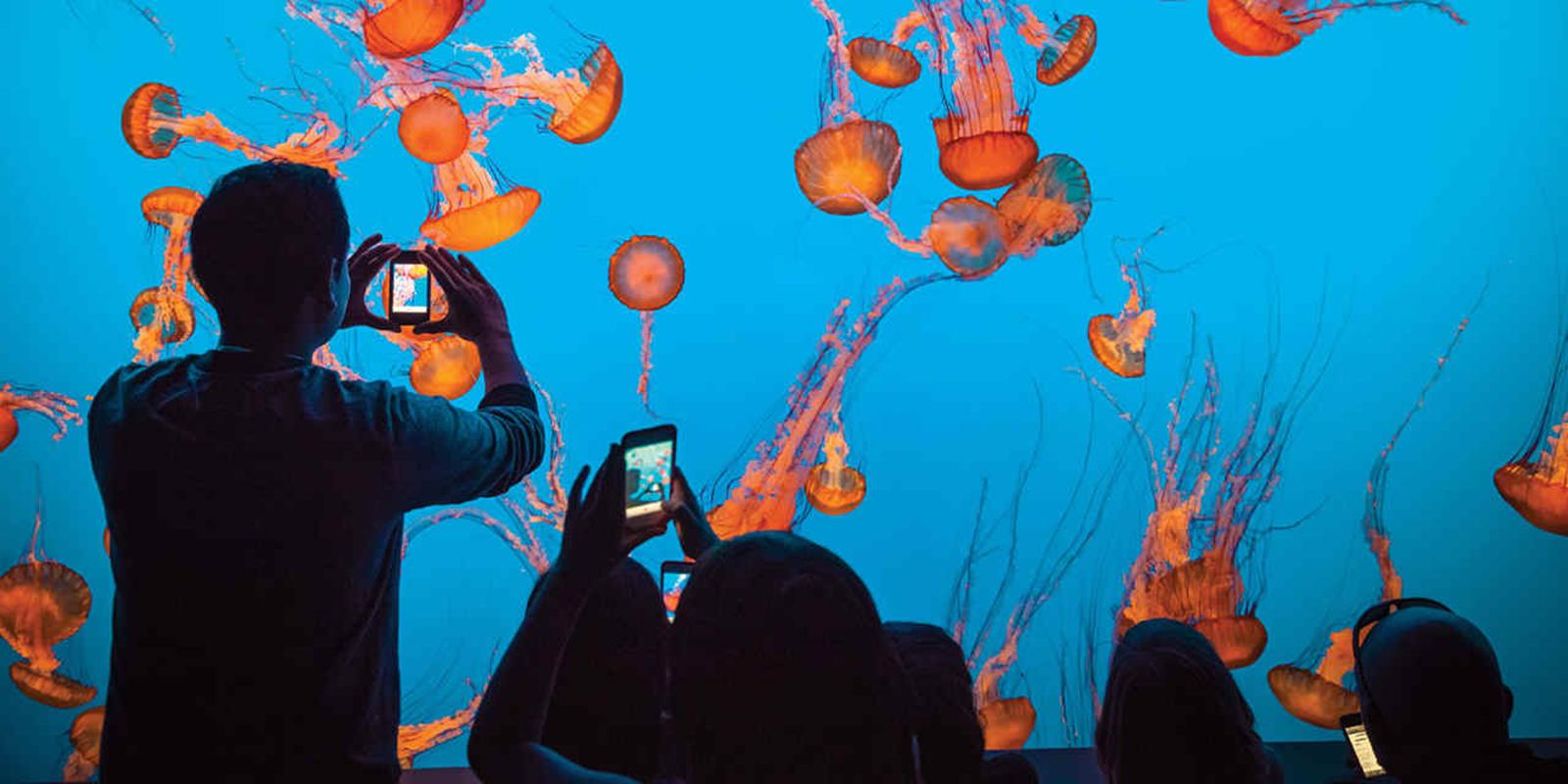
Credit: Monterey Bay Aquarium
Recognized for its outstanding animal care and LEED-certified 17,000-square-foot, state-of-the-art veterinary hospital, the Oakland Zoo has been accredited by the Association of Zoos and Aquariums (AZA) since 1988. The Oakland Zoo hosts programs which support California State, Common Core and Next Generation Science Standards (NGSS) and practices. These immersive field trip programs offer students the ability to learn about wildlife, conservation, field biology and more.
Go behind-the-scenes of the high-tech world while adventuring through the Intel Museum. At the Intel Museum, visitors see what it is like inside an ultra-clean, highly automated 10,000-square-feet silicon chip factory. Through tours and field trips, students can explore silicon technology through interactive and exciting exhibits which help them to learn about technology changes the world around us, design, microprocessor history and more.
Universities and Academia
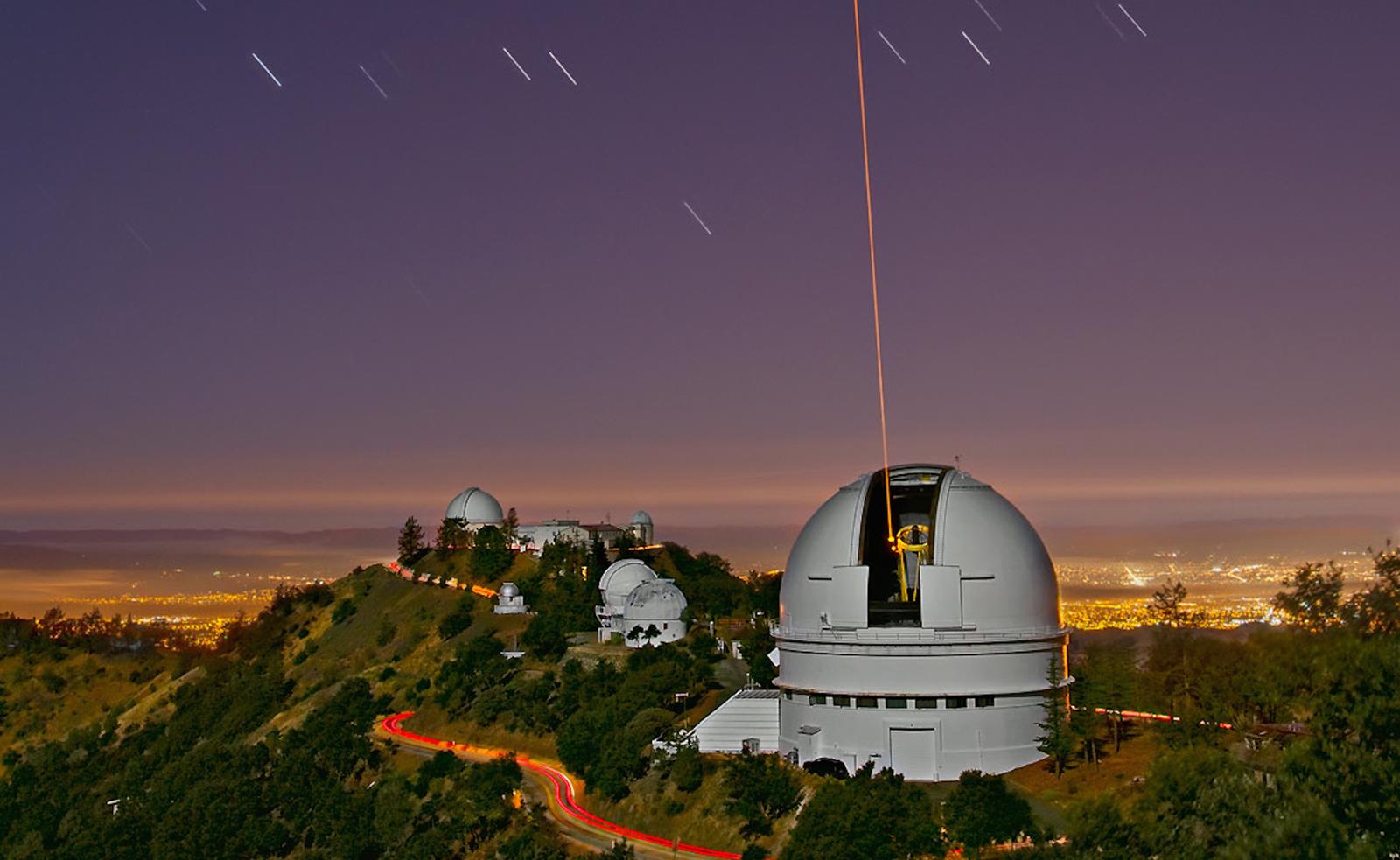
Credit: University of California
As part of the University of California, the Lick Observatory provides UC astronomers with world-leading observing equipment. With eye-catching, informative exhibits the Observatory offers both day- and night-time tours that give students a behind-the-scenes access to the telescope to learn about current science, astrophysics, and more. The Observatory also offers walking tours where visitors learn about the unique history of the world’s first permanently occupied mountaintop observatory, the technology used, insights about astronomy provided by the observatory and more.
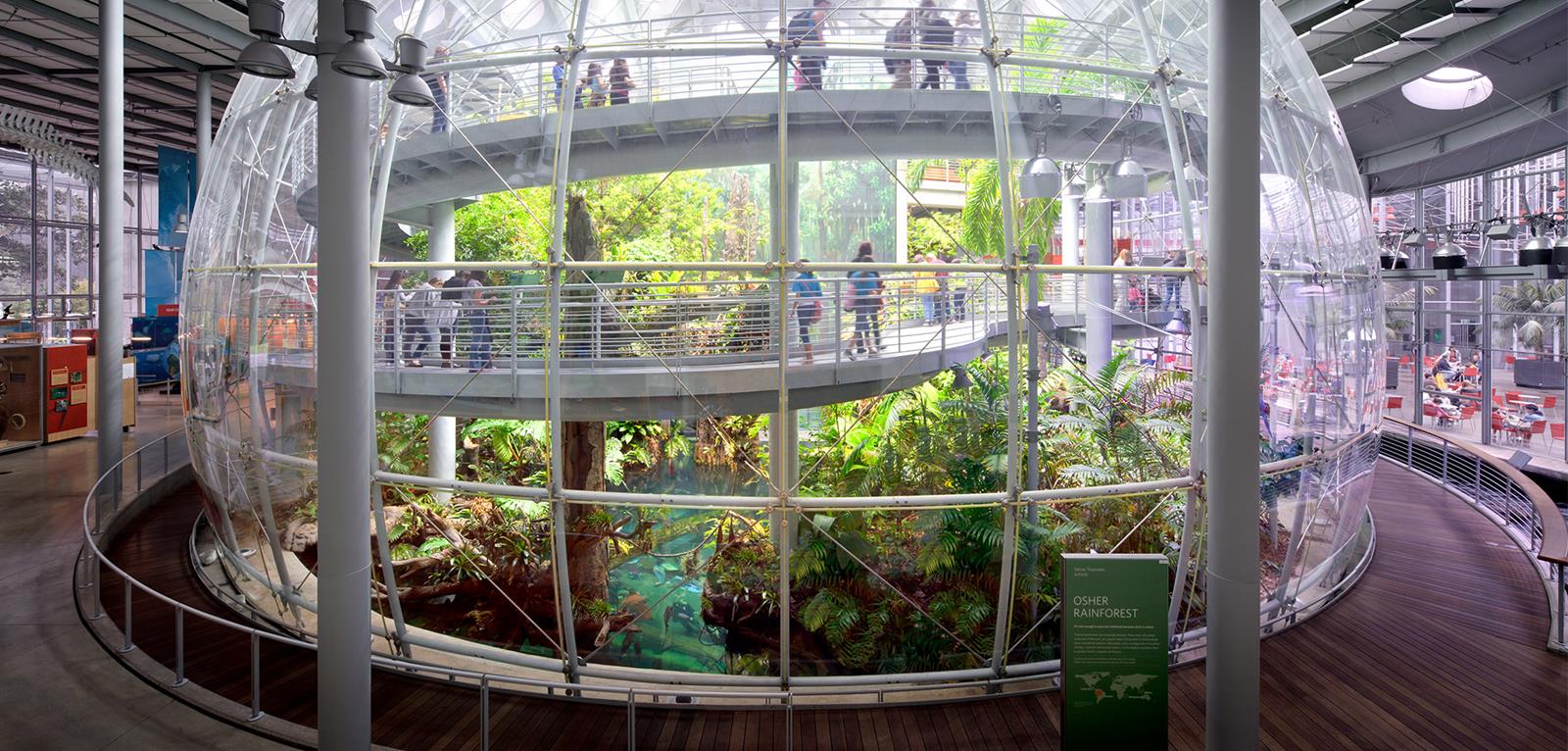
Credit: California Academy of Science
As the world’s only science center part of a top-tier research university, the University of California- Berkeley’s Lawrence Hall of Science strives to inspire and foster science learning for all. The Hall’s programs (including field trips) are designed to open up youth to STEM careers and learning, improve scientific and environmental literacy through effective education experiences and increase the number of underrepresented individuals who pursue STEM academic and career paths. Schools and teachers have the option to choose from exhibit experiences, shows, workshops or a combination of all.
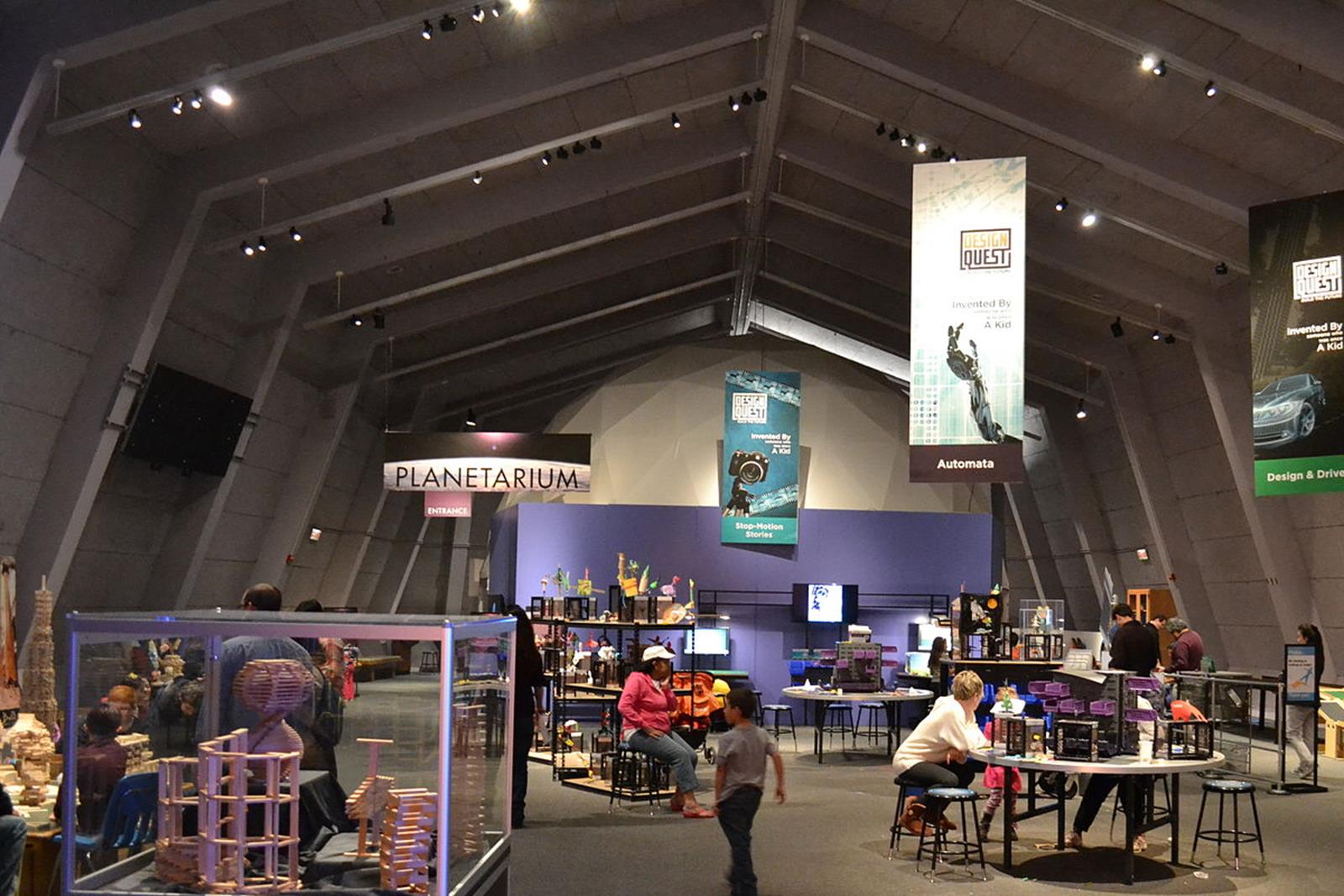
Credit: Lawrence Hall of Science
These engaging and interactive experiences include exploring the many hands-on exhibits, enjoying a 3D movie or Planetarium show and experiencing science first-hand through numerous workshops.
Industry & Technology
The famed Silicon Valley is home to many of the headquarters of the world’s largest high-tech corporations including Apple, Facebook, Netflix and Google. Across the street from its Apple Park headquarters sits the Apple Park Visitor Center: an architectural extension of the private headquarters combined with a place to shop, explore and learn about Apple. In a more unique complex is the Google headquarters or “Googleplex” as it’s known. While the actual headquarters are closed to the public unless you know an employee, the Googleplex lets visitors explore the 12-acre campus and even ride a Google bike.
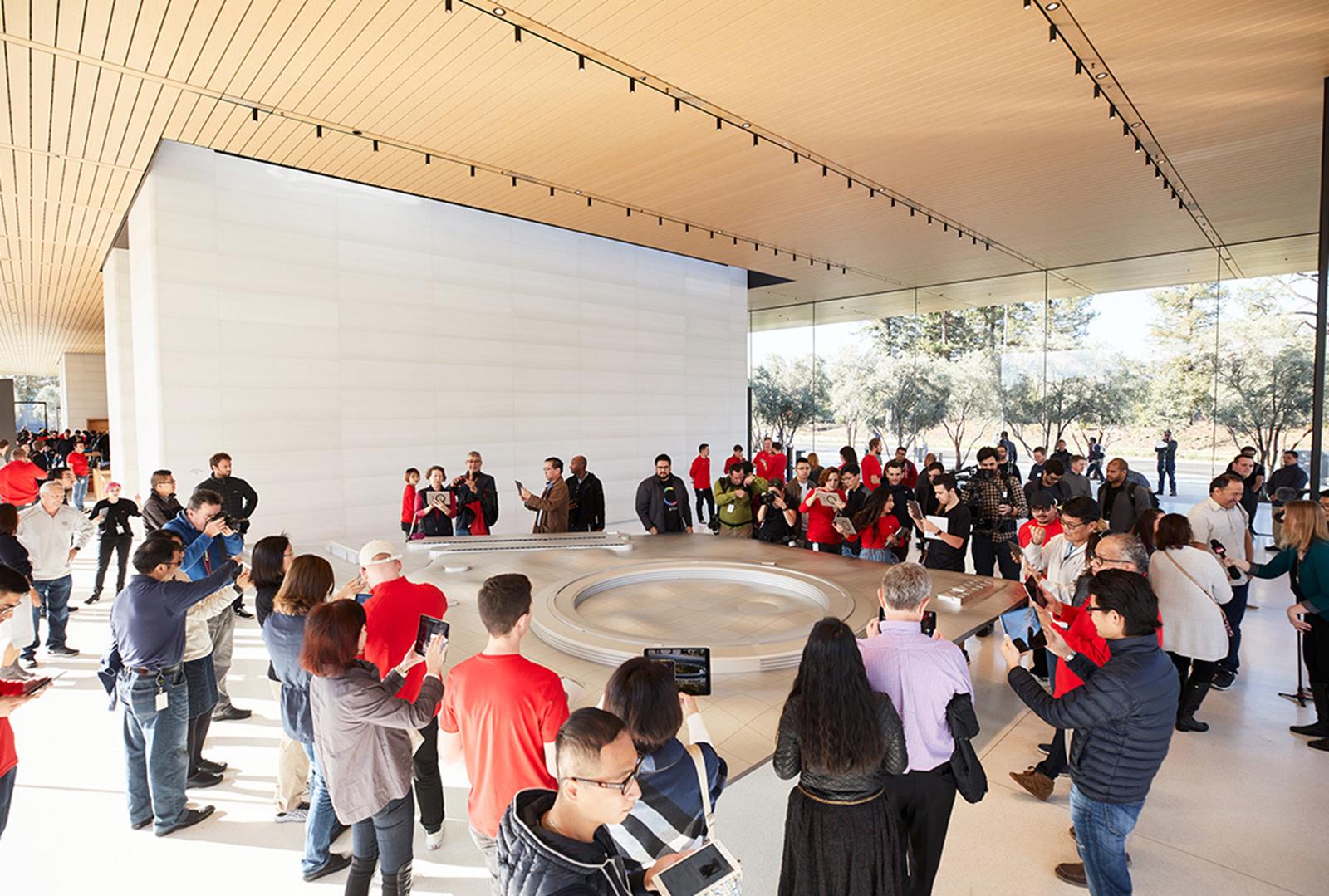
Credit: Apple Park
With more than 770-acres of land, the Lawrence Livermore National Laboratory is responsible for ensuring the safety, security and reliability of the nation’s nuclear deterrent. The laboratory uses science and technology in order to make the world a safer place. While the lab also offers tours open to the public (18+), they also host an array of programs for students, which includes “A Day at the Lab” where students can experience one of the nation’s premier research institutions, talk with a panel of scientists and more.
Nature/Outdoor Activities
As one of the world’s largest marine mammal facilities to combine animal rehabilitation and an onsite research lab, the Marine Mammal Center is able to treat more than 800 animals annually. Through their mission of advancing global ocean conservation through marine mammal rescue and rehabilitation, scientific research and education, the Center connects with students through educational field trips. Dive into a unique tour of the marine hospital on an education field trip through topics like marine science careers or diagnosing marine life diseases. Students can even venture behind-the-scenes to get an up-close view of a cutting-edge research and technology facility.
A magical place filled with beauty and wildlife, the Elkhorn Slough National Estuarine Research Reserve is one of 28 National Estuarine Research Reserves established as field laboratories for scientific research and estuarine education. There are a wide array of ways students can adventure throughout the 1,700-acre that the Reserve spans, with programs including self-guided and guided walks, explorations, field investigations and more.

